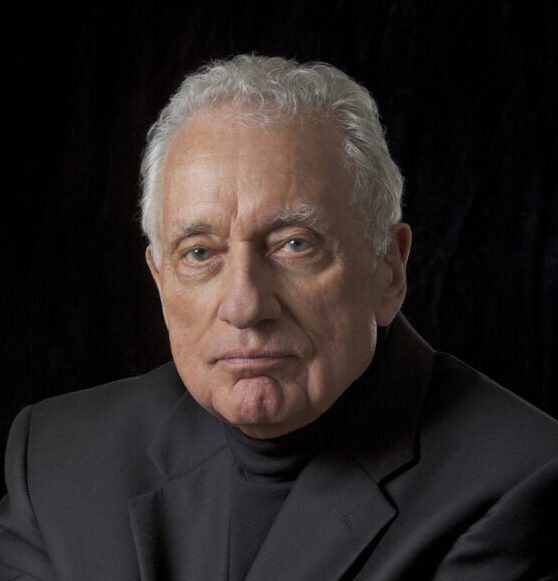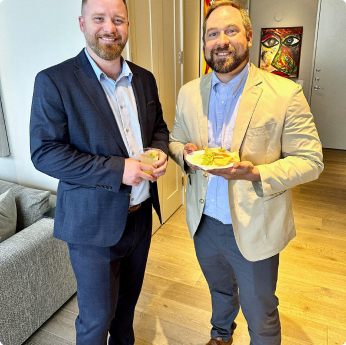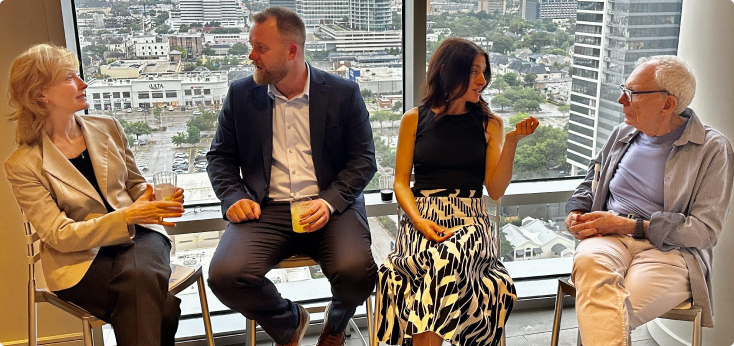Last week, we covered five tips for first-time board members who are preparing for their first board meeting. There is a lot to learn—both about the company and its culture, as well as the board and its culture. Continuing last week’s column, here are more suggestions on how to be an effective, productive part of a company’s board.
6. Be prepared
Study and assimilate each meeting’s materials that the company has sent you, and do so before the meeting. Don’t use meeting time to read materials you had received in advance. It will be embarrassing for you and annoying to others if you appear inattentive and disinterested, or if you ask a question that was answered in the board materials. Be attentive during meetings—listen, observe and think.
7. Observe and use your wisdom and instincts.
Directors should exercise their wisdom. Being wise involves more than intelligence and good instincts: it requires knowledge, experience, observation, and assessment. This combination of skills and talents produces judgment that, over sufficient time, can lead to wisdom. You have already developed business acumen, but to become a wise director, you must learn how to hone your observation skills.
A wise person once said that you have two eyes and ears, but only one mouth; use them accordingly. Listen and observe at least twice as much as you talk. This is particularly applicable for your first few board meetings, when you are learning not only about the company, but about how the board works in practice—the personalities, the dynamics, and how the directors interact with each other and with the executive team.
Observe the board’s social culture, that is, the relationships and interactions among directors, themselves, and with the company’s management. What are the board’s unwritten rules and traditions? Does it have a developed “style” or way of conducting its business? Just how formal or informal, courtly or direct, are these interactions? A board’s social culture can vary greatly by industry, geography, and the company’s age. A Silicon Valley tech company’s board may operate and interact much more informally than a hundred-year-old northeastern industrial company’s board.
Do directors seek consensus, or do they move rapidly to a vote? Are there factions on the board? There can be, particularly when various constituencies like unions or large shareholders have won representation. If the board is consensus-driven, think about how you can use your facilitation skills in helping arrive at consensus; if it is decision-driven, think about how you can help sharpen the issue and state the question.
Remain observant before you enter and after you leave the boardroom. Many boards have a directors’ dinner prior to the board meeting. Do they use the time to discuss business or is it more about building relationships? One new director of a manufacturing company got off on the wrong foot by monopolizing dinner conversation talking about his gun hobby when the board typically used the board dinner to continue discussing company matters. He should have listened before “pulling the trigger.”
8. Understand your role, the board’s role, and management’s role.
A common mistake that new directors make is not knowing the difference between management’s role and the board’s role. We all know that officers manage a company and run its operations, and that directors oversee management on behalf of the shareholders and authorize and approve certain actions as law or stock exchange rules may require. Your questions and comments should reflect that you are performing this oversight role.
Directors are elected by the shareholders to represent the shareholders’ collective interests—not the interests of the CEO and not the interests of any particular shareholder or group of shareholders, with some rare exceptions. Again, your questions and comments should reflect that you are performing your oversight role on behalf of all shareholders, and not any particular faction or constituency.
While we are on this subject, one gripe we hear from senior management is that some board members try to foist their friends who are consultants or attorneys on the company when not requested. One CEO complained about a board member who asked management to meet with management consultants to whom he owed favors. These special favors waste management’s time and are not needed and inappropriate. Similarly, don’t recommend friends, contacts, or family for positions with the company unless asked.
9. Don’t point out every inconsequential error.
As a board member, you will be bombarded with information, data, and reports. Inevitably, you will find a few typos or numbers that don’t match up. Avoid wasting time by bringing up every mistake that you encounter. “Senior management is under a tremendous time pressure to get these board packages out, and they’re usually voluminous,” an experienced board director told us. “There are going to be inconsistencies in the data between when the CFO put his page together and the COO put his page together.” Focus on what is material, and don’t dwell on the inconsequential.
10. Ask for a mentor.
Many boards offer a formal on-boarding program and orientation for new board members. If your board does not have one, ask the Chairman, Lead Director or Chairman of the Nominating & Governance Committee for a mentor to help you assimilate quickly into the board.
11. The company’s employees are not your employees.
When you ask management for something—especially when it is for you—be cognizant of what you are asking for. Is it important to you performing your role as a director? Is it time-sensitive? Realize that management drops everything when directors ask for something. Be sensitive to their time.
12. Be available, and be of service.
One of the most common complaints we hear about board directors is that getting them together outside of scheduled board meetings can be like “herding cats.” Many board members are retired and serve on other boards, while others are still working. Everyone has demands on his or her time, but to be a successful board director, you must be available and responsive outside of meetings. Your responsibilities to the company shareholders and the board do not end when you walk out of the boardroom.
Likewise, don’t be afraid to go above and beyond the call of duty. One CEO raved about his new director because the director had asked if he could visit stores with the CEO after the board meeting. Another new board member of a company that was making a major acquisition told the CEO that if it would be helpful, she would be pleased to meet with the management team to share her experience with a similar type of transaction. As a board director, seek out ways to demonstrate that you are engaged and committed.
Continue reading for more expert advice on effectively communicating as a board director.





















